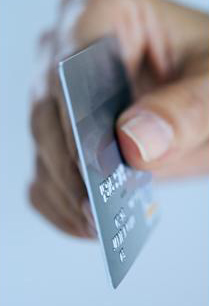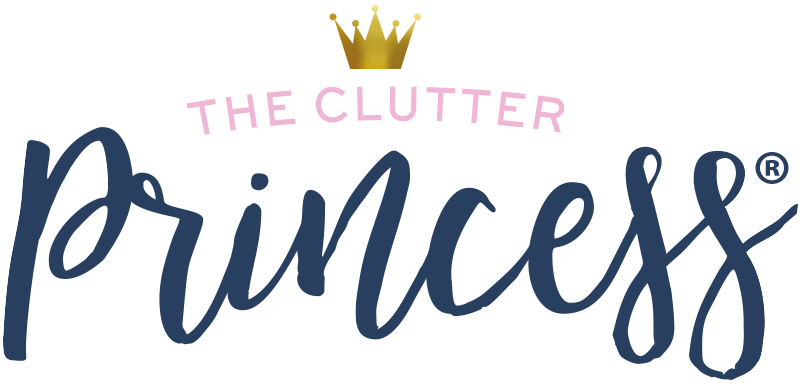
When the Bank-Who-Won’t-Be-Named announced they were adding fees for using debit cards, consumers have been quick to express anger.
You know it’s pretty serious when the first bank to announce these new fees keeps getting their website hacked, and a member of Congress is urging people to “vote with their feet” and leave the Bank-Who-Won’t-Be-Named.
I left this particular bank two years ago, and my new bank is one of the ones considering adding debit card fees. If this happens, I’ll probably either bury my money in the backyard or join a smaller bank or a credit union – which is more consumer friendly.
What banks are counting on to keep your business is that switching banks is a pain in the butt. But you can make the process much easier with a little organization.
Do Your Homework
First, go through your bank statements and compare it with your bills. Make a list of the bills you pay via snail mail, automatically, or online. Also make a list of services, such as Amazon and Groupon, that you may use on a regular basis.
Go back through your bank statements for the past three to four months to make sure you capture any other bills or payments you make through your debit/credit card.
Second, shop around for banks, comparing their fees, numbers of ATMs, online services and other features. Once you select a bank, sign up for a new checking account. More than likely, you need some token amount to open the account.
If you have direct deposit from your job, find out how much time Human Resources needs to change your direct deposit account. When you have your new account number, go down to HR and fill out their form to change your direct deposit information.
Start anew – sans fees
Log onto each of your bills and change your account information as soon as you have your new debit card and account information.
In addition to your bills, you may regularly order or use services such as Amazon, Paypal, Groupon, etc. You can go in and change them in all in one fell swoop or wait to change the account information until you actually make a purchase or use the service.
After your paycheck hits your new account, monitor the old account and make sure any outstanding charges have hit. Once everything has hit, close the old account and say adios to the old bank and their evil fees.
